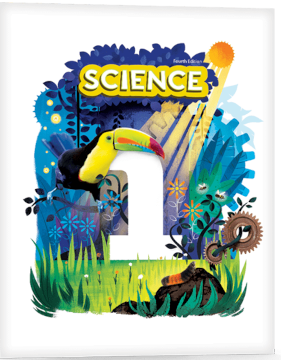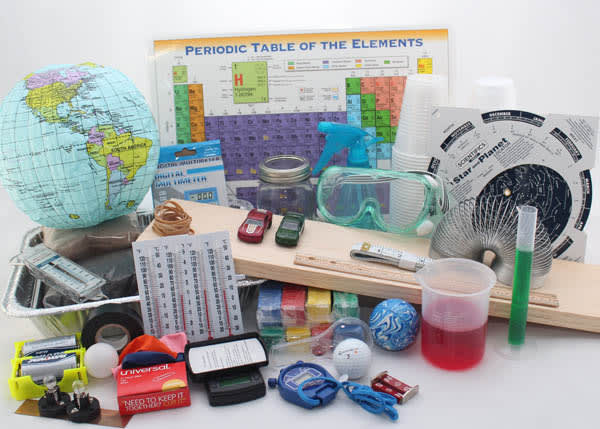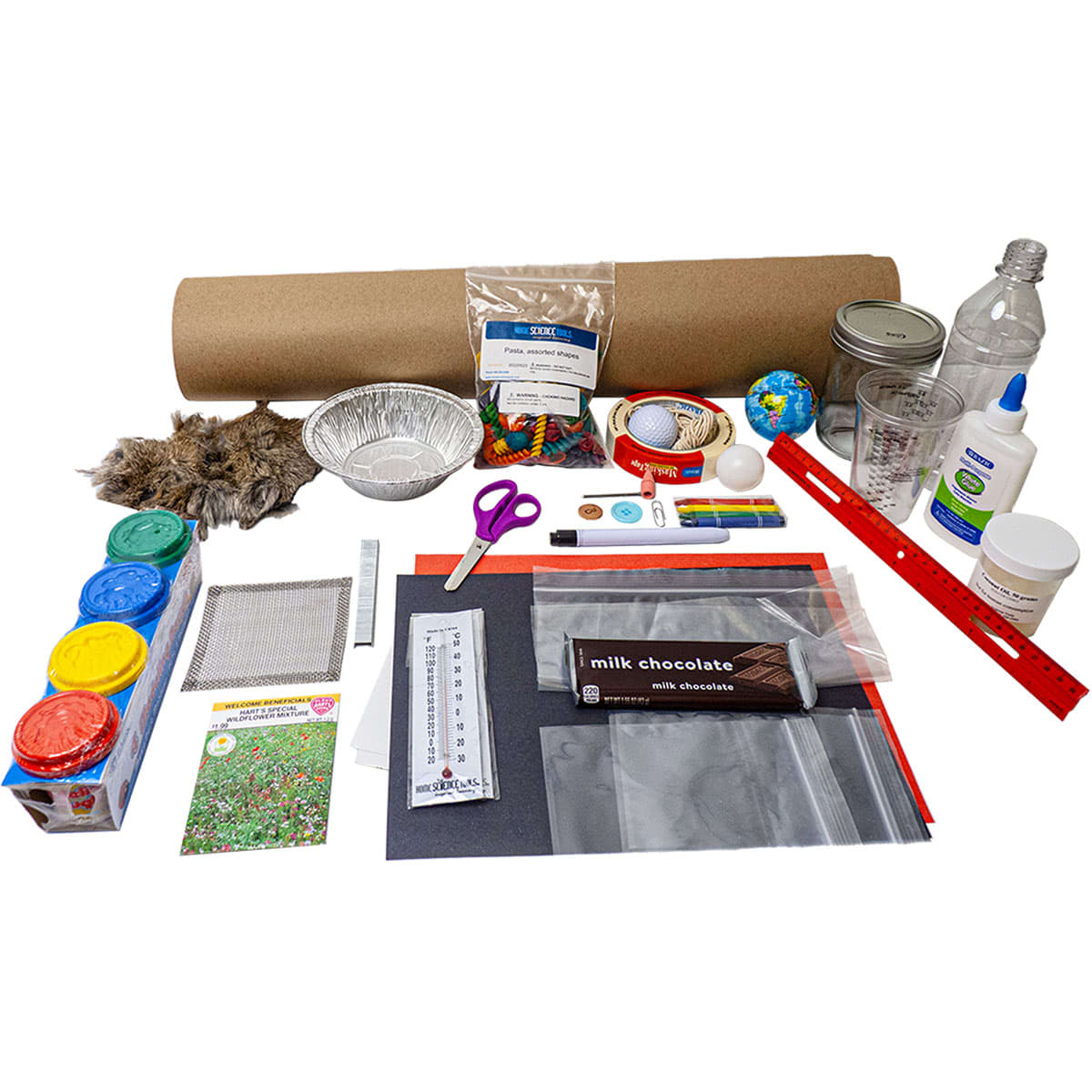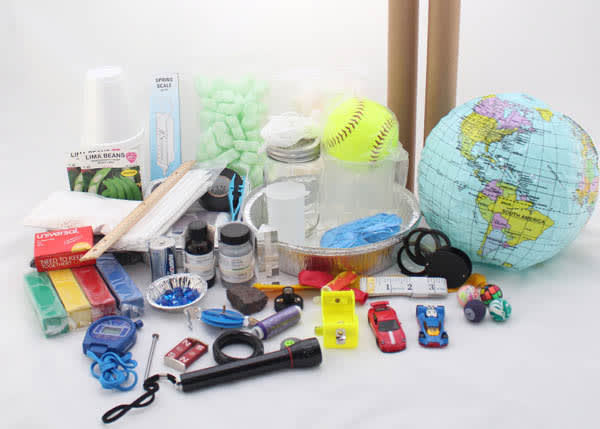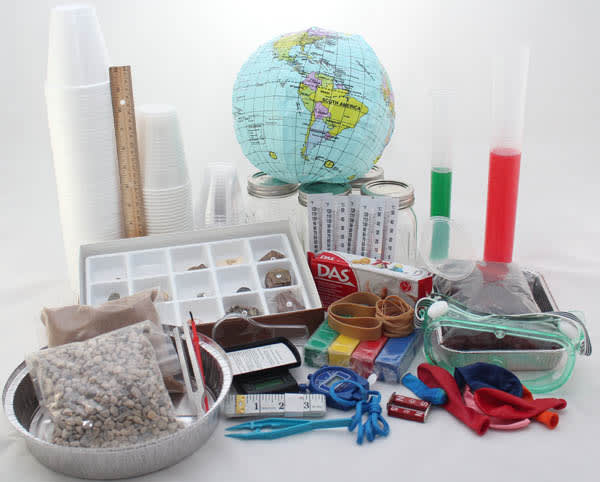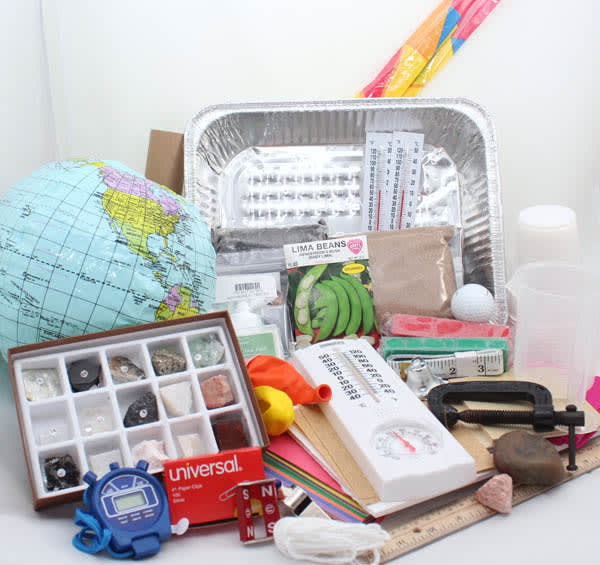If you want a traditional-style textbook for science in the elementary grades, the BJU Press Science series for grades one through six is one of the better choices. Every level covers some topics from life science, earth and space science, and physical science. Scientific thinking is heavily stressed, with the scientific method being introduced in first grade.
Recognizing that children have different learning styles, they have incorporated activities to suit different learners. Parents can teach the courses themselves or pay extra for online video lessons that can be used on the family's schedule. (You still need the printed resources for each course.)
These courses help students develop a biblical worldview regarding science. This is evident through introductory pages as well as material throughout the courses. In addition, worldview questions show up in lessons and activity pages, and scriptural principles are incorporated within science applications.
Each grade level has a homeschool subject kit that includes the student text, the teacher's edition, an activity manual, tests, and an answer key for the tests. You need all of the components unless you choose not to test your children. You also need to gather resources for experiments and activities.
Both the textbooks and activity manuals for each course are attractively printed in full color with plenty of illustrations. BJU Press sells the same editions to both schools and home educators, so you will sometimes have to adapt activities written for class groups.
The teacher's editions are well-organized and easy to use. Teachers also have free access to additional planning and record-keeping tools through the BJU Press Homeschool Hub.
Chapters in the textbooks each have several lessons and conclude with a review lesson to reinforce concepts taught throughout that chapter. Activities are at the heart of many lessons, especially at the early grade levels. Most activities are outlined in the teacher’s editions but data recording and some activities are done from the activity manual. That means these courses need to be taught—you cannot just hand your child the text to use independently. Resources needed for each course are listed chapter by chapter at the back of each teacher's edition. Lists are quite lengthy, so you will want to start gathering things well ahead of when you will need them. Many resources are household items. Others, such as a Celsius thermometer, metric measuring cups, and gumballs, might be unusual. As you move up to fifth and sixth grade, more specialized scientific equipment is used, items such as a microscope, insulators, iron filings, pH indicator paper, a pH meter, and a voltmeter. BJU Press sells Logos Science Lab Kits for these courses. While you can get lab resources wherever you please, these kits should save time and hassle.
Activity Manuals have full-color pages with graphic organizers, pages for recording data or observations, questions to answer, occasional crossword puzzles, writing activities, and "Study Guide" exercises to review key ideas from each chapter.
These courses require lesson preparation and presentation time, but if you follow the lesson plans in the manuals, I expect that you and your children will find the courses very engaging.
While courses are written for grades one through six, you can generally use one course for children who are one or two grade levels apart with a little adaptation to suit their abilities. (It will be most challenging to do this for first- and second-graders who are still developing reading and writing skills.) Courses are challenging enough that when you stretch to cover a range of grade levels, you should probably choose a grade level below that of your oldest student.
Grade 1
The text for first grade covers the following topics on an introductory level: plants, animals, the human body, the Earth, space (stars, sun, moon) seasons, weather, energy, sound, and light.
Grade 2
Topics taught in second grade include the nature of science and basic science methodology, matter, the Earth, natural resources, plants, animals, ecology, fossils, and human body systems.
Grade 3
Topics at this level include the solar system, weather, climate, Earth science (rocks, minerals, fossils, and soil), cells, tissues, organs, body systems, plants, animals, ecosystems, matter, sound, forces and motion, electricity, and magnetism.
Grade 4
At this level, students study plants, invertebrates, vertebrates, the human body, energy, waves, water and oceans, and the Earth's surface.
Grade 5
Topics studied in fifth grade are matter, ecosystems, earth science (e.g., minerals and rocks, fossils and dinosaurs, weather, and biomes), the solar system, the moon, stars, and four of the human body systems.
Grade 6
Sixth graders study earthquakes and volcanoes, weather and erosion, natural resources, cells and classification, animal classification, plant classification, atoms and molecules, electricity and magnetism, motion and machines, the stars, the solar system, plant and animal reproduction, heredity and genetics, and the nervous and immune systems.





